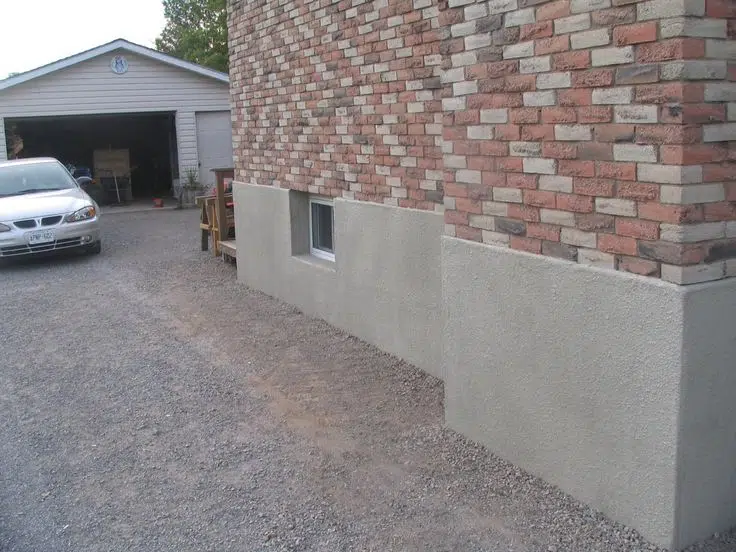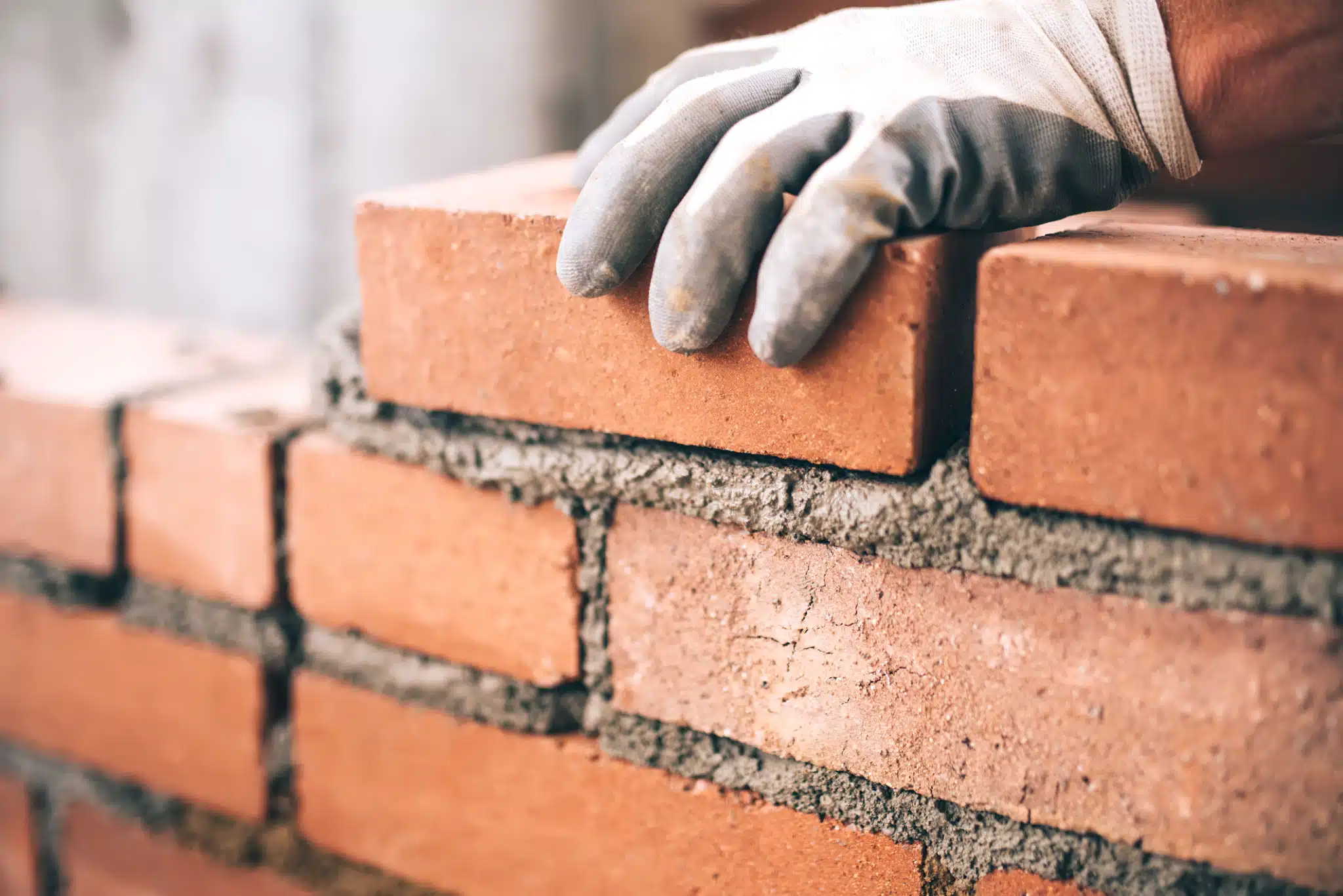Historic homes exude charm and character, with their brick facades often serving as a testament to enduring craftsmanship. However, these venerable structures are not immune to the ravages of time and environmental factors. In this comprehensive guide, we’ll explore ten common brick issues found in older homes and provide expert advice on how to identify and address them effectively.
1. Identifying and Addressing Settlement Cracks
Settlement cracks are a frequent concern in historic brick homes, often resulting from foundation movement or soil shifting over time.
How to Identify Settlement Cracks:
- Look for diagonal cracks, typically wider at the top and narrower at the bottom
- Check for cracks that extend through multiple bricks and mortar joints
- Observe if doors or windows nearby have become misaligned
Addressing Settlement Cracks:
- Consult a structural engineer to assess the severity and underlying cause
- For minor cracks, repoint the affected area with appropriate mortar
- In severe cases, foundation repair may be necessary before addressing the brick damage
- Consider installing crack monitors to track any ongoing movement
2. Dealing with Efflorescence and Moisture Issues
Efflorescence, a white powdery substance on brick surfaces, is a telltale sign of moisture problems in masonry.
Identifying Efflorescence and Moisture Issues:
- Look for white, crusty deposits on brick surfaces
- Check for damp or discolored areas on interior walls
- Inspect for mold growth or musty odors
Addressing Efflorescence and Moisture:
- Identify and eliminate the source of moisture (e.g., leaky gutters, poor drainage)
- Clean efflorescence using a stiff brush and mild detergent solution
- Apply a breathable, water-repellent sealer to the brick surface
- Improve ventilation and consider installing a dehumidifier in problem areas
3. Repairing Spalling and Deteriorating Bricks
Spalling occurs when the face of a brick flakes or peels off, often due to freeze-thaw cycles or trapped moisture.
Identifying Spalling and Deterioration:
- Look for bricks with chipped, flaking, or crumbling surfaces
- Check for bricks that appear to be “popping out” from the wall
- Observe any loose brick fragments or debris at the base of walls
Addressing Spalling and Deterioration:
- Remove and replace severely damaged bricks
- For minor spalling, apply a specialized brick patching compound
- Ensure proper drainage and waterproofing to prevent future damage
- Consider applying a breathable masonry sealer to protect against moisture infiltration
4. Fixing Mortar Joint Problems
Deteriorating mortar joints can compromise the structural integrity of brick walls and lead to moisture infiltration.
Identifying Mortar Joint Issues:
- Look for crumbling, recessed, or missing mortar between bricks
- Check for vegetation growing in mortar joints
- Observe any areas where water seems to be penetrating the wall
Addressing Mortar Joint Problems:
- Carefully remove damaged mortar using appropriate tools (e.g., joint raker, chisel)
- Clean out debris and dust from the joints
- Repoint the joints using a mortar mix that matches the original in strength and composition
- Allow proper curing time and protect newly repointed areas from rain and direct sunlight
5. Addressing Foundation-Related Brick Issues
Foundation problems can manifest in various ways, often affecting the brick structure above.
Identifying Foundation-Related Issues:
- Look for horizontal cracks along mortar joints, especially near the ground
- Check for bulging or bowing walls
- Observe any separation between the brick facade and window or door frames
Addressing Foundation-Related Brick Problems:
- Consult a structural engineer or foundation specialist for a thorough assessment
- Address underlying foundation issues before repairing brick damage
- Consider installing steel reinforcements or tie-backs for bowing walls
- Repoint and repair damaged brickwork once foundation problems are resolved
6. Dealing with Brick Discoloration
Discoloration can occur due to various factors, including environmental pollutants, biological growth, and improper cleaning methods.
Identifying Brick Discoloration:
- Look for uneven coloration or staining on brick surfaces
- Check for green or black patches indicating algae or mold growth
- Observe any areas with rust-colored stains, often caused by metal fixtures
Addressing Brick Discoloration:
- Identify the cause of discoloration (e.g., pollution, biological growth, mineral deposits)
- Clean the affected area using appropriate methods and cleaning agents
- For stubborn stains, consider professional cleaning services
- Apply a color-matched masonry stain or paint if necessary, ensuring breathability
7. Repairing Damaged Brick Corbelling and Decorative Elements
Ornate brick features common in historic homes, such as corbelling and decorative patterns, can be particularly vulnerable to damage.
Identifying Damaged Decorative Brickwork:
- Look for missing or loose bricks in corbelled areas
- Check for cracking or separation in decorative patterns
- Observe any signs of water damage or efflorescence on ornamental features
Addressing Damaged Decorative Brickwork:
- Document the original pattern and layout before beginning repairs
- Carefully remove damaged bricks and clean the surrounding area
- Replace damaged bricks with matching salvaged or custom-made reproductions
- Repoint joints and ensure proper support for corbelled elements
8. Fixing Brick Arch and Lintel Issues
Brick arches and lintels over windows and doors can develop structural problems over time.
Identifying Arch and Lintel Issues:
- Look for sagging or deflection in brick arches
- Check for cracks or separation in the brickwork above openings
- Observe any signs of water infiltration around windows or doors
Addressing Arch and Lintel Problems:
- Assess the structural integrity of the arch or lintel
- For minor issues, repoint and repair damaged brickwork
- In cases of significant structural concerns, consider installing steel support or rebuilding the arch
- Ensure proper drainage and flashing above openings to prevent future water damage
9. Dealing with Rising Damp in Brick Walls
Rising damp occurs when ground moisture is drawn up into the brick wall through capillary action.
Identifying Rising Damp:
- Look for a horizontal “tide line” of dampness on interior walls
- Check for peeling paint or wallpaper near the base of walls
- Observe any salt deposits or efflorescence on lower portions of brick walls
Addressing Rising Damp:
- Improve drainage around the foundation to reduce ground moisture
- Install or repair damp-proof courses (DPC) to create a moisture barrier
- Consider specialized treatments like chemical injection or electro-osmosis
- Allow affected areas to dry thoroughly before repairing and redecorating
10. Repairing Frost-Damaged Bricks
Freeze-thaw cycles can cause significant damage to bricks, especially in older homes with more porous masonry.
Identifying Frost Damage:
- Look for cracked, spalled, or crumbling brick surfaces
- Check for bricks that appear to be “popping out” from the wall
- Observe any loose mortar or debris accumulating at the base of walls
Addressing Frost-Damaged Bricks:
- Remove and replace severely damaged bricks
- Improve drainage and waterproofing to reduce moisture infiltration
- Consider applying a breathable, water-repellent sealer to protect against future damage
- Ensure proper ventilation to reduce moisture buildup within walls
Conclusion
Maintaining the brick facades of historic homes requires vigilance, expertise, and a deep appreciation for traditional craftsmanship. By identifying these common issues early and addressing them promptly, homeowners can preserve the beauty and integrity of their cherished properties for generations to come.
Remember, while some minor brick repairs can be DIY projects, many issues require the skills of experienced professionals. When in doubt, always consult with a qualified mason or restoration specialist to ensure that repairs are carried out correctly and in keeping with historic preservation best practices.
By understanding these common brick issues and their solutions, you’re well-equipped to care for your historic home’s masonry. Regular inspections and timely maintenance will go a long way in preventing small problems from becoming major headaches, ensuring that your brick home continues to stand strong and beautiful for years to come.
\n\n\nWhat are some common brick issues found in historic homes?
Common brick issues include settlement cracks, efflorescence and moisture problems, spalling and deteriorating bricks, mortar joint problems, foundation-related issues, brick discoloration, damage to decorative elements, arch and lintel issues, rising damp, and frost damage.
How can I identify settlement cracks in my brick home?
Settlement cracks can be identified by diagonal cracks that are wider at the top, cracks extending through multiple bricks, and misaligned doors or windows nearby.
What steps should I take to address efflorescence and moisture problems?
To address efflorescence, eliminate the source of moisture, clean the affected areas, apply a breathable water-repellent sealer, and improve ventilation.
What are the signs of spalling in bricks, and how can I fix it?
Signs of spalling include chipped, flaking, or crumbling brick surfaces. For repairs, replace severely damaged bricks or apply a specialized brick patching compound for minor spalling.
How can I repair deteriorating mortar joints?
To repair mortar joints, remove damaged mortar, clean the joints, repoint using a matching mortar mix, and allow proper curing while protecting the area from rain and direct sunlight.
What should I do if I suspect rising damp in my brick walls?
If you suspect rising damp, improve drainage around the foundation, install or repair damp-proof courses, and consider specialized treatments like chemical injection.
How can I identify and address brick discoloration?
Brick discoloration can be identified by uneven coloration or staining, growth of algae or mold, and rust-colored stains. Clean the affected area with appropriate cleaning methods and consider professional cleaning for stubborn stains.
What are the best practices for repairing decorative brickwork such as corbelling?
Best practices include documenting the original layout, carefully removing damaged bricks, replacing them with matching reproductions, and ensuring proper support and repointing for corbelled elements.
When should I consult a professional for brick repairs?
You should consult a professional for any significant issues related to structural integrity, foundation problems, or extensive damage that exceeds minor repair capabilities.
Why is maintaining historic brick homes important?
Maintaining historic brick homes is important to preserve their beauty, integrity, and craftsmanship while preventing small issues from escalating into major problems.



